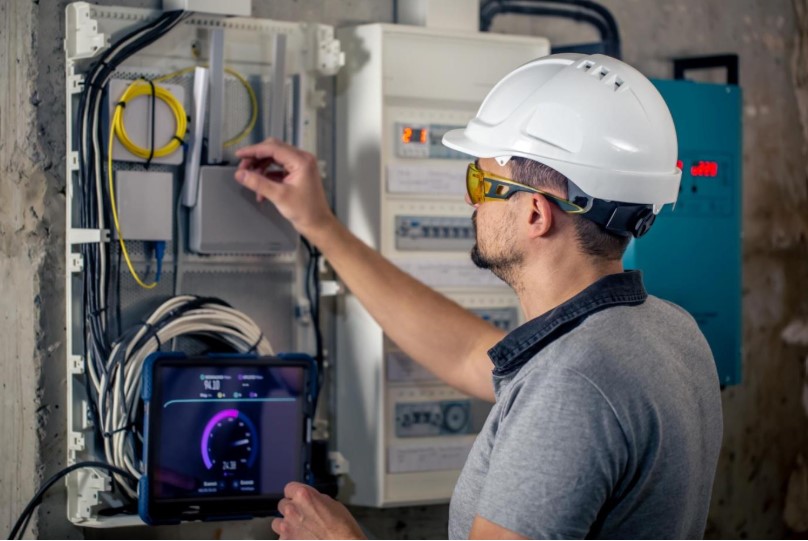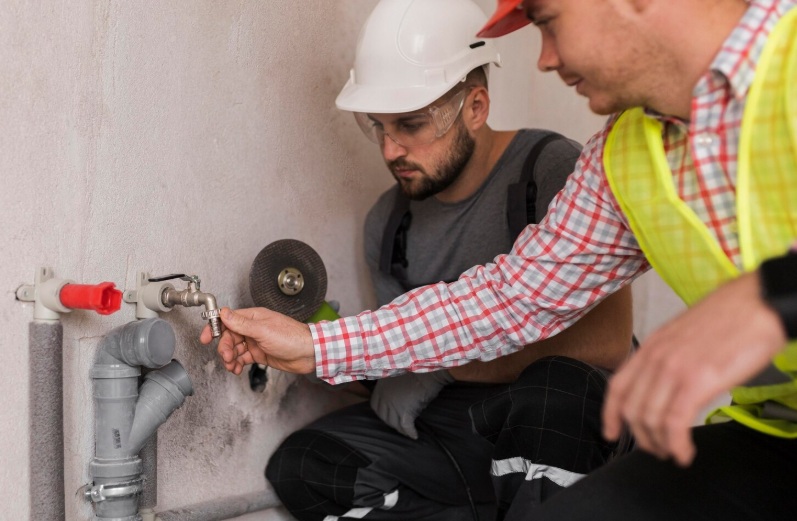Modern life moves quickly, yet most of what keeps it running happens quietly behind the scenes. Groceries arrive on time, online orders show up at the door, and city traffic somehow finds a rhythm through constant motion. None of this happens by chance. It’s the result of coordination, an invisible flow of people, systems, and technology working together to make daily life feel effortless.
The Architecture of Everyday Ease
Convenience is often mistaken for simplicity, but behind every “simple” experience lies a complex network of coordination. When you order something online, dozens of moving parts must align. A supplier receives the request, a system schedules delivery, and logistics experts calculate the most efficient route. The process looks seamless to the user, but it depends on a chain of precisely timed actions.
This kind of synchronization defines modern living. From how cities manage energy to how transport companies handle large shipments, coordination is the true engine of efficiency. It minimizes waste, saves time, and ensures that services don’t just function, they flow.
Systems That Think Together
What makes this hidden flow so powerful is its intelligence. Smart systems now analyze patterns, anticipate needs, and connect processes that once worked separately. Algorithms predict demand before it spikes. Sensors track vehicle performance and route conditions in real time. Communication between systems allows adjustments instantly, ensuring that operations stay smooth even when conditions change.
These technologies reflect a new philosophy: success isn’t about speed alone but about alignment. The future of convenience depends less on how fast things move and more on how well they move together.
The Motorcycle Example
A perfect illustration of this principle can be found in specialized logistics, such as motorcycle transport. Moving a bike safely across long distances requires more than trucks and straps, it requires coordination. Services like Michigan vehicle transportation use intelligent scheduling and digital matching to connect motorcycle owners with verified carriers already traveling the same routes. This approach reduces fuel waste, lowers costs, and minimizes unnecessary trips, all while ensuring each motorcycle is handled with care.
It’s the same hidden flow that powers other parts of modern life, technology, and people working together to make something complicated feel simple. What was once a stressful, time-consuming process is now a smooth, transparent experience. It’s proof that convenience isn’t magic; it’s the result of thoughtful design and collaboration.
When Systems Align, Life Simplifies
The hidden flow is what transforms effort into ease. Whether it’s supply chains, digital communications, or local deliveries, coordination ensures that movement remains steady and reliable. It gives structure to the speed of modern life, turning potential chaos into consistency.
The beauty of this design lies in its invisibility. When everything works, you barely notice it. The packages arrive, the traffic moves, and the motorcycle shows up on schedule. What you call convenience is coordination, the art of many parts moving as one.
As technology continues to evolve, this hidden flow will only grow stronger, creating a world where systems think together, processes harmonize, and modern life keeps running in perfect rhythm.



